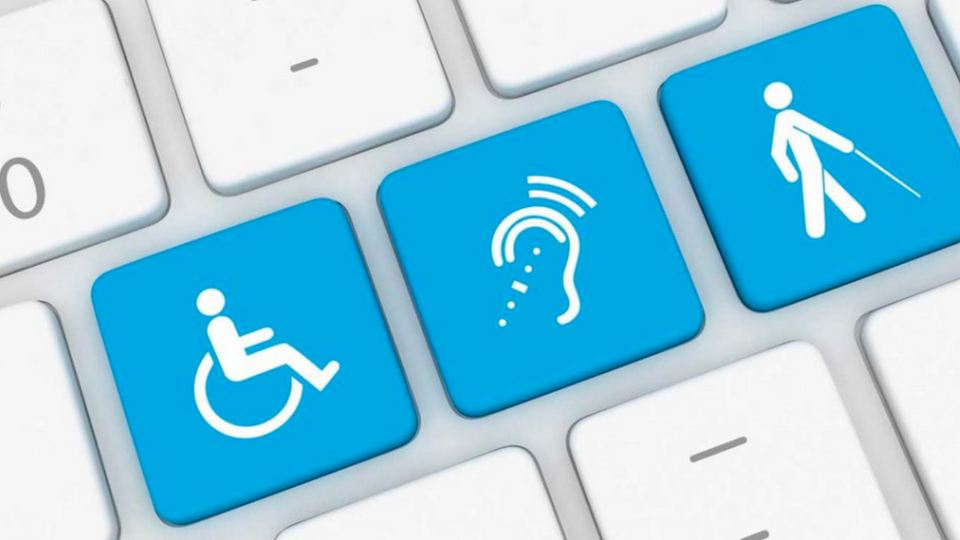Every organisation and every company benefits from an accessible website. After all, you try to serve your customers the best you can, and your website is at least one place where you do so.
Why is an accessible website important?
The main reason for making your website accessible to everyone is that you don't want to exclude anyone digitally.
On an accessible site, everyone can find and read information. This is how you help reduce the digital divide.
What can you do to make your website accessible?
With these small changes, you can make your website much more accessible.
For whom is an accessible website important?
On a commercial site, more visitors make a purchase if they do not face obstacles. But an accessible website is not only important for customers or potential buyers. There are lots of other people you help with an accessible website.
When creating a website, think of:
- Persons who are blind or partially sighted.
- Colour-blind people, for whom information may be unclear if it is only indicated by colour.
- Deaf and hard of hearing, for whom subtitling is essential.
- Dyslexics, non-native speakers who have difficulty with complex texts.
- Elderly people, whose vision, hearing and/or mobility may be deteriorated.
- Mobile surfers who use tablets or smartphones or prefer not to load images due to a slow internet connection.
- Persons in noisy environments or where using sound is forbidden (such as in a library for example).
Why accessibility is a must for us
We have made major efforts to build an accessible website, because that fits in with DNS Belgium's sustainability policy.
After all, DNS Belgium's mission is to keep the internet in Belgium safe and make it accessible to as many people as possible, including those who have poor eyesight or hearing problems or are less digitally savvy. Then, needless to say, you have to set a good example yourself.
Thanks to our efforts to make this website accessible, we have been rewarded with the AnySurfer label.

Guidelines for accessible websites
It is therefore a good idea to follow some guidelines when building a new website so as to make your site as accessible as possible.
An accessible website complies with the international standard of the Web Content Accessibility Guidelines (WCAG).
In our country, said guidelines are known as the AnySurfer label. If you want to obtain the AnySurfer label for your website, you can consult https://www.anysurfer.be/en. We can only recommend it!
Accessibility is never really ‘over and done with’
But a website is not over and done with when it goes online. You have to maintain it: add new content if necessary, remove old content, add a new image or download once in a while, etc. Any changes you make must meet the same accessibility requirements.
Ensure that 'accessibility thinking' becomes second nature among all your employees.
It is therefore important that everyone involved in the website has a good understanding of what accessibility means and what the AnySurfer label means. So you also need to educate those people. You can
- teach staff who update website content how to make adaptations accessible to surfers with a disability;
- have people who do the technical maintenance on your website take a technical course on web accessibility.
In this way, you will ensure that 'accessibility thinking' becomes second nature among all your employees.

Provide an accessibility statement
When you make an effort to make your website accessible, it pays to communicate about it. You can do this with an accessibility statement, i.e. a page on your website in which you explain how accessible your website is, how you have tested it, which parts of the website are not accessible and what alternatives you suggest, and where people can go if they still have problems.
More tips to make your website accessible
-

Clear language on your website
With accessible language, you create a win-win situation. You reach a wider audience and your visitors can find easily what they are looking for. -

What can you do to make your website accessible?
With a lot of small changes, you can make your website much more accessible.
